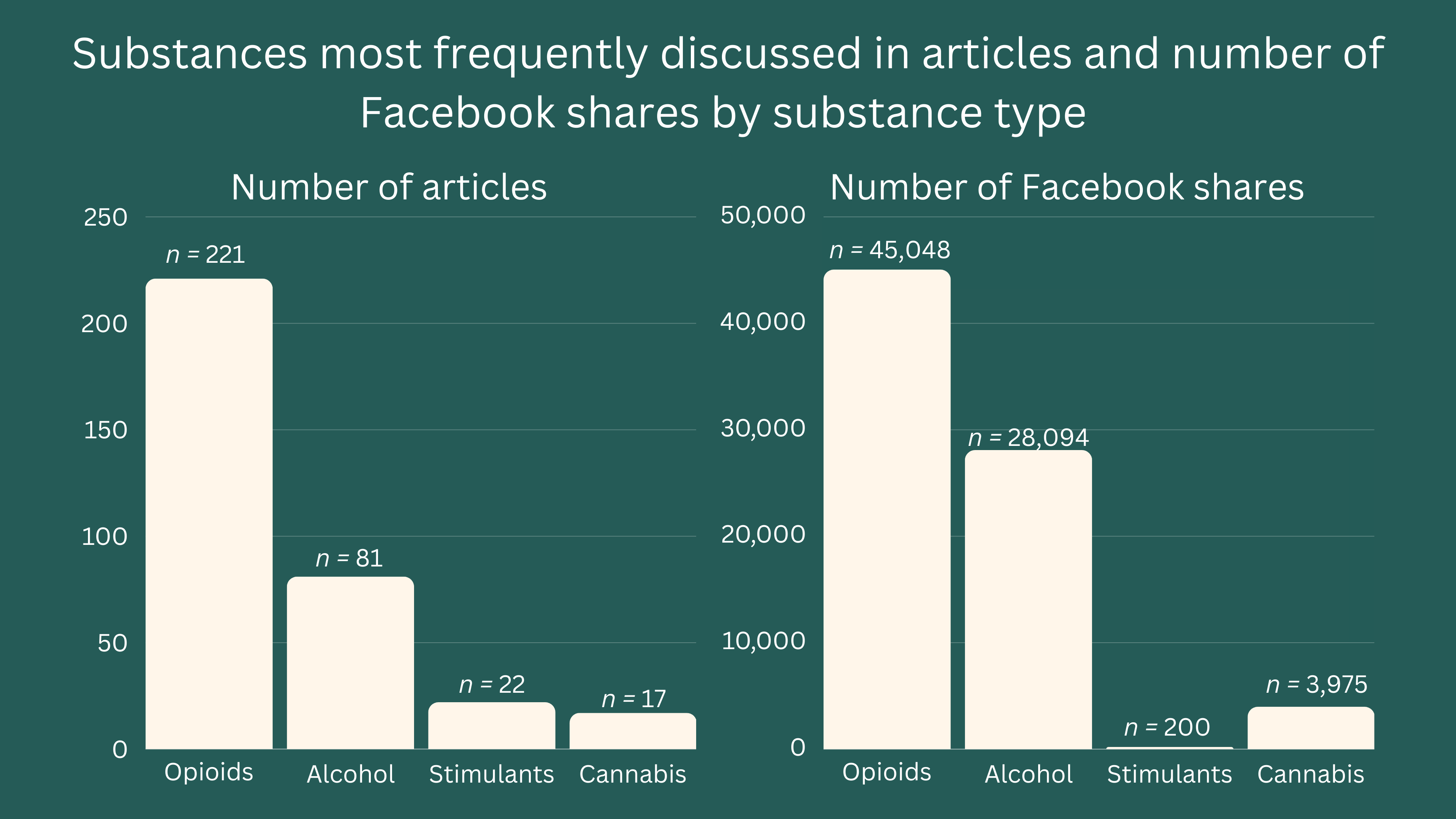Editor’s Note: Today’s review is part of our month-long Special Series on Addiction Myths and Misinformation. Throughout November, The BASIS is showcasing the dangers of myths and misinformation related to addiction.
Involuntary commitment is the process by which someone is confined within a hospital or other care facility against his or her wishes. Currently, over seventy countries worldwide have laws permitting the involuntary commitment of patients with substance use disorders. People have recently begun to voice concerns about the use of involuntary commitment because of concerns about its ethicality and apparent harm to patients. Understanding how the media depicts certain issues like involuntary commitment is important because media discourse can sway public opinion. This week, as part of our Special Series on Addiction Myths and Misinformation, STASH reviews a study by Sunyou Kang and colleagues that examined media depictions of involuntary commitment for substance use.
Author’s notes, Sunyou Kang: “It’s most satisfying to use media analysis methods to quantify the impact and reach of a concept like “stigma” which can be mystifying and difficult to visualize. Demonstrating that concrete outcomes can be measured for largely one-sided media discourse on the harms of involuntary commitment, as just one example, is especially important for advocacy and ultimately contributes to the evidence base on why harm reduction as a philosophy is so important.”
What was the research question?
How do U.S. news articles depict involuntary commitment of people with substance use disorders? Are articles expressing certain viewpoints on involuntary commitment more likely to be shared on Facebook?
What did the researchers do?
The researchers conducted a content analysis of news articles published in the United States that featured stories of involuntary commitment of people with substance use disorders. The researchers collected articles published between January 2015 and October 2020 from Media Cloud. In total, they analyzed 505 articles. The researchers developed a coding scheme that included the following elements: viewpoints presented (i.e., critical of, mixed, or supportive of involuntary commitment), perspectives included, whether news articles discussed incarceration in addition to involuntary commitment, and mentions of specific types of drugs. The researchers also calculated the total number of shares that articles received by the viewpoints presented in the articles.
What did they find?
Of the 505 articles included in the study, 48% articles supported involuntary commitment, 30% presented mixed viewpoints, and 22% criticized the use of involuntary commitment. Articles that criticized the use of involuntary commitment (199,909 shares) received nearly twice as many shares on Facebook as supportive or mixed viewpoints combined (112,429 combined shares). Relatively few articles featured the perspectives of people who experienced involuntary commitment ( 7%). Comparatively, more articles featured interviews from law enforcement/legal entities, community members, and health care professionals. Most articles did not discuss incarceration in tandem with involuntary commitment (81%). Similarly, most articles (~60%) did not specify substances used that warranted involuntary commitment. Of the articles that did specify a certain type of substance, articles most frequently mentioned opioid use (64%), followed by alcohol (24%), stimulants (6%), and cannabis (5%). Articles that discussed opioids were far more likely to be shared on Facebook than articles discussing other substances (see Figure).

Figure. This Figure depicts the number of articles that featured different types of substances and the number of Facebook shares that articles received. Click image to enlarge.
Why do these findings matter?
Nearly half of all articles focused on promoting the use of involuntary commitment for people with substance use disorders. This is concerning because these perspectives could promote the public’s support of involuntary commitment and help perpetuate stigma toward people who use substances. Evidence suggests that involuntary commitment has severe consequences for patients who experience it, with one study linking involuntary commitment to increased risk of death upon release from treatment, compared to people who did not experience involuntary commitment. Despite this, half of U.S. states added laws supporting the use of involuntary commitment for substance use in the last decade. Media representations of involuntary commitment should prioritize including accurate information about the risks associated with involuntary commitment and work to represent affected individuals.
Every study has limitations. What are the limitations in this study?
This article was limited by the fact that the researchers only examined the number of shares articles received on Facebook. Because of this, they could not gauge the likelihood that certain types of articles would or would not be shared on other social media platforms. Further, while this study examined the number of shares that articles received, the researchers could not tell why people were sharing the articles. That is, it is unclear if people were sharing the news articles in agreement or disagreement with their content.
For more information:
If you are worried that you or someone you know is experiencing addiction, the SAMHSA National Helpline is a free treatment and information service available 24/7. For more details about addiction, visit our Addiction Resources page.
— Seth McCullock, PhD
What do you think? Please use the comment link below to provide feedback on this article.




